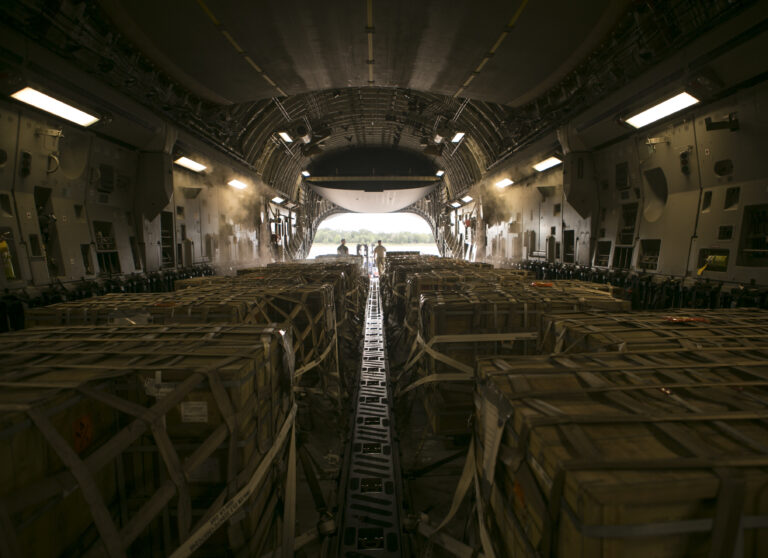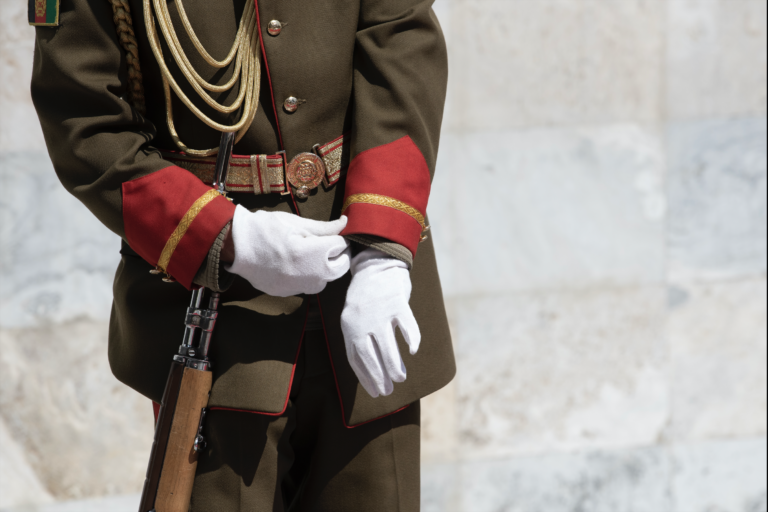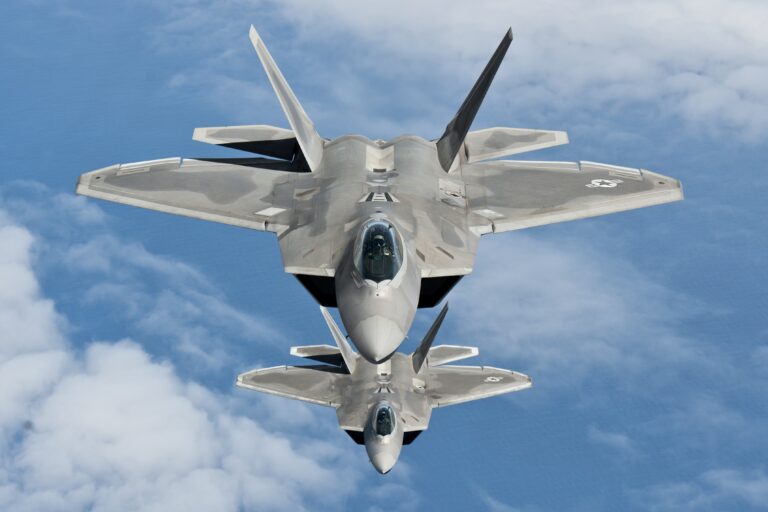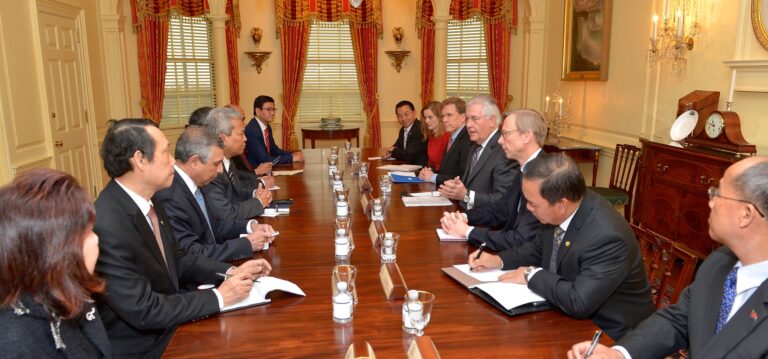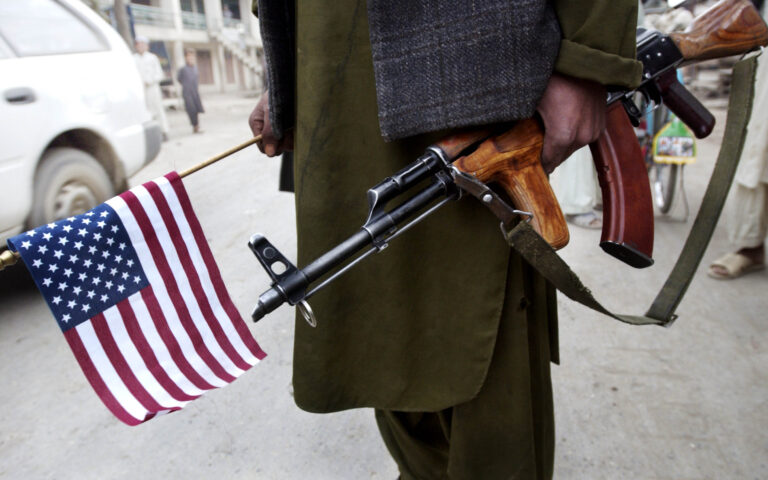
Taking Stock of U.S. Security Assistance Since the 9/11 Attacks
The countries that have received the greatest security assistance from the United States continue to struggle to address grievances among populations and to provide deeper human security that can only be resolved through political, social, and economic solutions.

